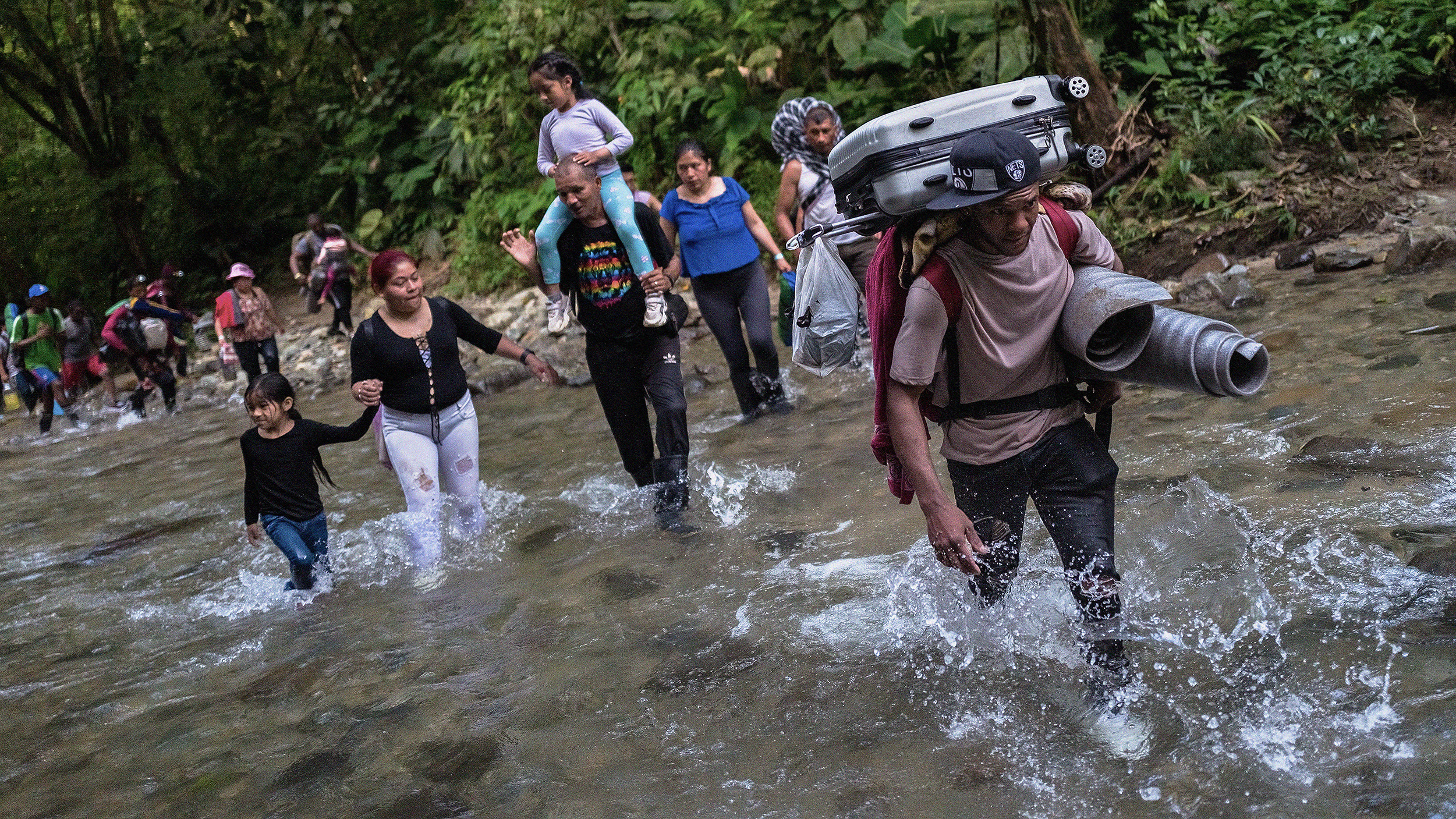What Are The Odds Of Getting Bit By Both A Bear And A Shark?

Dylan McWilliams was bit by a shark in Hawaii less than a year after being bit by a bear in Colorado. What are the odds?
There’s an old saying out there that “lightning doesn’t strike twice,” meaning that if an exceedingly unlucky (or lucky) thing happens to you once, don’t worry about it happening again because it probably won’t. But that metaphorical lightning did strike twice for 20-year-old Dylan McWilliams, who was bitten by a shark while surfing in the waters off of Kauai, Hawaii, just a few days ago. That’s bad enough on its own, but last year he was the victim of a bear attack while working at a summer camp in Colorado. Each of these events happens extremely rarely, and so it seems like both of these things happening to Dylan in the span of less than 12 months is astronomically unlikely. But is that true? Let’s take a look into the science and math of probability to find out.
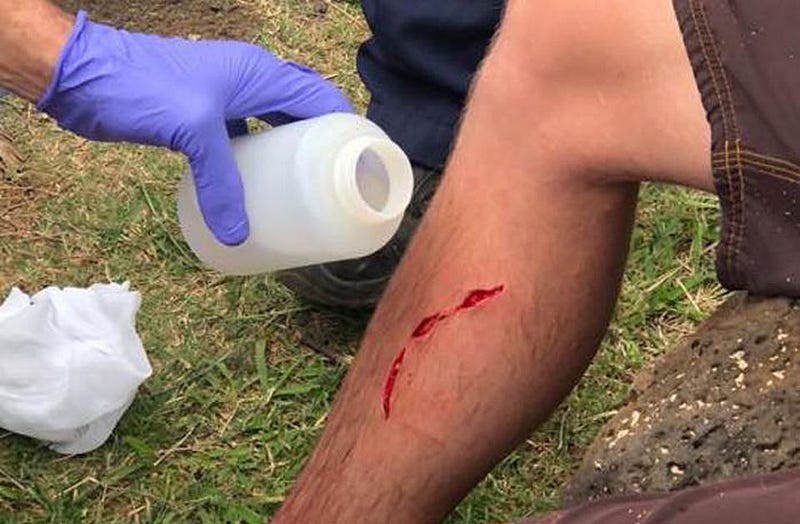
It’s true that last summer, Dylan was attacked by a black bear in the Colorado backcountry. While sleeping outside, the bear put Dylan’s head in his jaws, and dragged him about 12 feet before Dylan got free. As humans continue to encroach on what has traditionally been bear territory, food becomes scarcer and bears may be forced to hunt whatever they encounter, including humans. While grizzly bears remain the most dangerous to humans in terms of fatalities, black bear encounters are more common. The best stats on bear attacks come from Yellowstone National Park, which focuses on grizzlies. Overall, only 1 in 2.7 million park visitors are likely to be injured by a bear, but those odds go way up if you’re in the backcountry: to 1-in-232,000 per day. For someone who spends a 90 day summer in the backcountry, that gives them about a 1-in-2600 chance (0.04%) of getting injured by a bear.
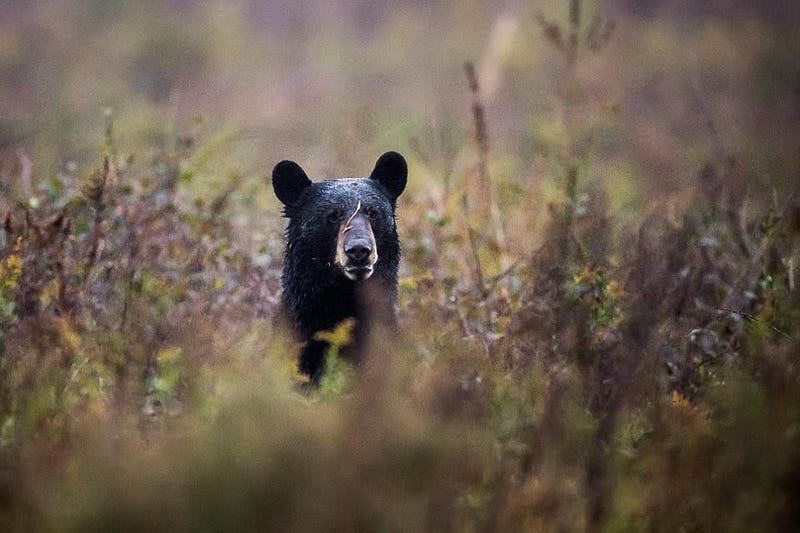
Then, you ask, what about the odds of a shark attack? Only 80 shark attacks worldwide are reported a year, but this varies hugely from region-to-region. In the United States overall, your risk is just 1-in-11.5 million if you go to the beach, but those odds are overall. The odds are highest in (surprise) Hawaii, and are many times higher for surfers and divers than regular beachgoers. Over the past decade, Hawaii averages 7 shark attacks per year, with about half the victims being surfers. Given that there are approximately 700,000 surfers in Hawaii in any given year, that means the odds of a surfer in Hawaii getting bitten by a shark in any year is 1-in-200,000 (0.0005%), which is a long shot, but not as uncomfortably long as you’d like.
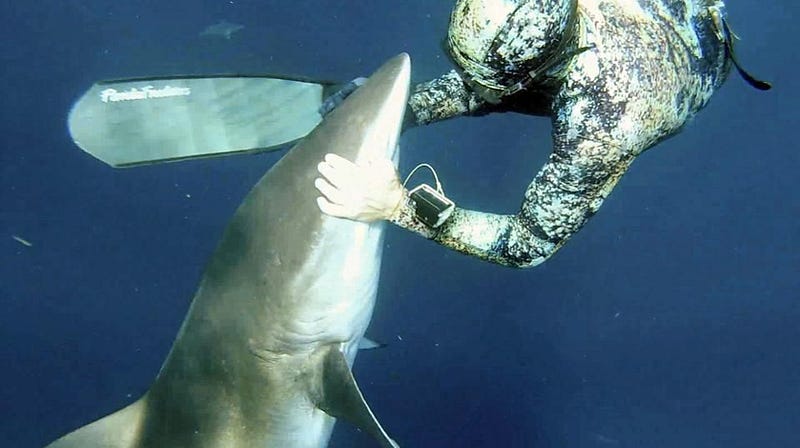
If you’re very bad at calculating odds, you’ll throw in other “unlikely” things to happen to this guy, like getting bitten by a snake, and make statements like, “893.35 quadrillion to one. That’s the likelihood of what’s happened to 20-year-old Dylan McWilliams.” Only, those aren’t the odds of what would happen to Dylan; those are the odds that someone like a typical resident of, say, South Carolina or California, would have all three of those things happen to them assuming that none of them have happened yet.

As humans, we have a number of biases that come into play when we try and calculate probabilities.
- We ask “what are the odds” of something happening after-the-fact of its happening, rather than before.
- We look at aggregate odds rather than circumstantial odds; a surfer in Hawaii is much more likely to get bitten by a shark than a beachgoer in New York.
- We look at all the “unlikely” things that did happen, rather than all the possible unlikely things, including the ones that didn’t happen.
Yes, it’s true that what happened to Dylan was unlikely, but the odds weren’t the nearly 1-in-10¹⁸ that others reported; it’s more like 1-in-500,000,000, which is about equal to your odds of winning the powerball on a single ticket.

Dylan isn’t a powerball winner; he’s just the one American who’s gotten bit by a bear and a shark within 12 months. Your odds of having a physical encounter with a bear is much, much higher if you spend more time in bear country. It’s also higher if you engage in bad bear behavior, which does, unfortunately, include the cowboy camping that Dylan was doing. When you’re out in nature, it’s your duty to learn and choose the good behavior that will minimize your risk of a negative animal encounter.
Of course, sometimes, you do just get unlucky. Sharks sometimes bite surfers in an unprovoked fashion; it happens less than 100 times a year worldwide, but Hawaiian and Australian waters are where they most commonly occur. People get struck by lightning (odds are about 1-in-960,000 per year) too, and you’re about five times more likely to get bitten by a shark if you’re surfing in Hawaii than you are to be struck by lightning.

But here’s the thing most people don’t realize: you have about a 1-in-9,000,000 chance to be struck by lightning twice in your life! Odds-wise, there are probably about 30-to-40 people living in America who’ve been struck by lightning twice, and we don’t bat an eye at that. Why not? Because of two things:
- Your odds of getting struck by lightning are reported on a per year basis, and humans live a long time. 1-in-960,000 a year adds up to much greater odds over a lifetime.
- And people who get struck by lightning are more likely to live in or frequent areas where lightning strikes are more common, and so are more likely to have it happen to them multiple times.
This is exactly the phenomenon at play here with Dylan.

Dylan had far greater odds of getting bit by a bear because he was in bear country in Colorado. His odds went up when he chose to cowboy camp in the back country, and his odds went up even higher by virtue of spending a long time there. After engaging in those behaviors, his odds of having a potentially injurious encounter with a black bear were much, much higher than normal: a significant fraction of a percent. It happened. Fortunately, he survived relatively unscathed.

Then, completely independent of anything that happened before, he was in a completely different situation: surfing in Hawaii. What are the odds that a surfer who surfs in Hawaii would get bitten by a shark this year? About 1-in-200,000.
What were Dylan’s odds? Also about 1-in-200,000.
What were the odds that Dylan would previously get bitten by a snake and a bear, and then a shark in Hawaii this year? Also about 1-in-200,000, because the other two events had already occurred. That’s a big lesson in conditional probability: when something has already occurred in the past, you cannot predict future probabilities based off of that. The past probability is “1,” and the future probability should be independent of any unrelated past events.
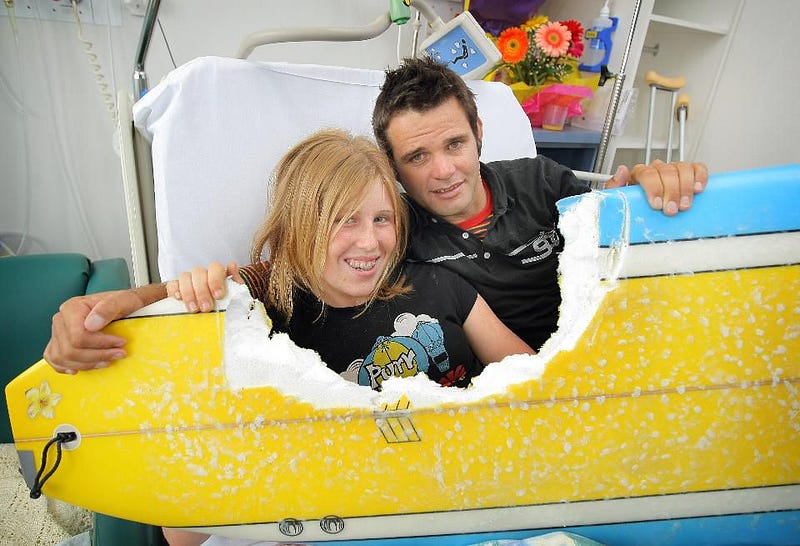
For someone who doesn’t surf in tropical waters and doesn’t go backcountry hiking and camping where bears are prevalent, it’s true: your odds are trillions-to-one that you’ll get both bitten by a bear and a shark in your lifetime. But behavior and risk-exposure matter. It’s not surprising news when someone gets bit by a snake: it happens about 8,000 times per year in the USA alone. It’s not surprising when a surfer gets bit by a shark; surfers are the most likely people to receive shark bites and it happens dozens of times a year. And it’s not surprising to encounter a hungry black bear in the back country woods. And finally, it’s not surprising to survive all of these, as it’s very uncommon for any of these encounters to be fatal.
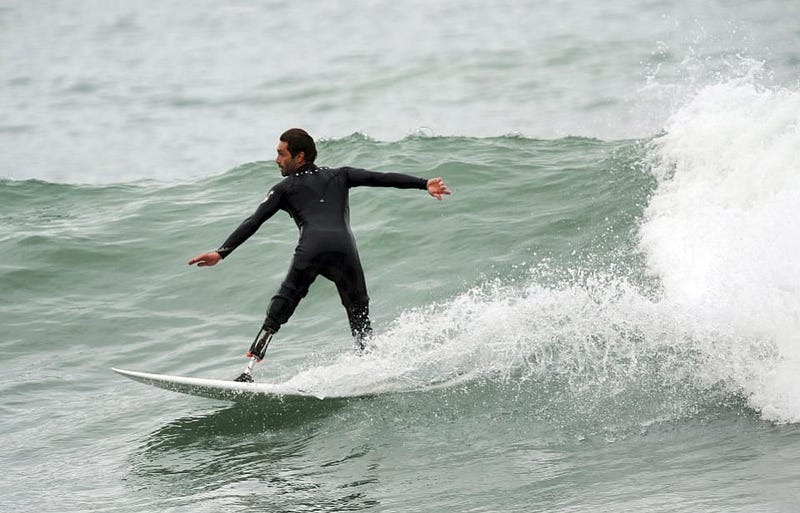
Dylan is certainly an unusual case, but in every case, he put himself in the most at-risk group for these types of encounters. It’s possible that he’s just extraordinarily unlucky, and it’s also possible that there’s an unusual cause, like a deliciousness to his blood that only predatory animals can detect. But odds are that these things happened to him because he put himself in high-risk positions for all of these things happening to him. If he goes helicopter snowboarding next and gets caught in an avalanche, there will be plenty of people all over exclaiming, even more loudly this time, “what are the odds?!” Hopefully, after reading this, you won’t be one of them.
Ethan Siegel is the author of Beyond the Galaxy and Treknology. You can pre-order his third book, currently in development: the Encyclopaedia Cosmologica.

